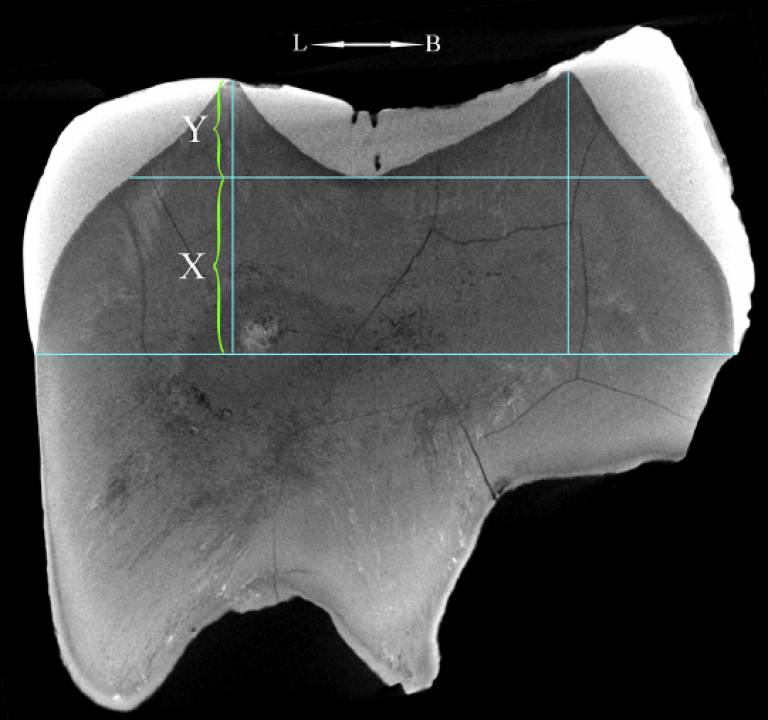Hominin teeth from the Middle Pleistocene site of Yiyuan, Eastern China
24 April 2016
In 1981-1982, some hominin fossils, including a relatively complete skull and seven isolated teeth, were recovered from the Middle Pleistocene site of Yiyuan in Eastern China.

In the present study a detailed metric and morphological comparison is provided of the Yiyuan dental sample in order to characterize better the variability of the human populations that inhabited China during the Middle Pleistocene. Aside from taxonomic and phylogenetic questions, the lack of understanding and/or knowledge about the morphological variability of these populations have caused concern about the human versus non-human nature of some of the hominin dental remains found in East Asia during the Early and the Middle Pleistocene. Thus, this study aims to present a detailed description and comparison of the Yiyuan isolated teeth to 1) discuss and support their human nature and 2) to explore their taxonomic affinities with regard to other penecontemporaneous populations from Asia. Our results clearly differentiate the Yiyuan sample from Pongo specimens and support a human attribution for the Yiyuan material. These analyses also suggest that the Yiyuan teeth form a morphologically coherent group together with samples from Zhoukoudian, Chaoxian and Hexian. They are different from the more derived specimens from Panxian Dadong, suggesting a pattern of biogeographic isolation and different evolutionary trends between northern and southern China during the Middle Pleistocene. In addition, and despite sharing a common morphological bauplan with Homo erectus sensu stricto (s.s.), the Yiyuan, Zhoukoudian and Hexian teeth are also different from the Indonesian Early Pleistocene samples. In particular, the expression of a highly crenulated or dendritic enamel-dentine surface could be unique to these groups. This study supports the notion that the taxonomy of the Pleistocene hominins from Asia may have been oversimplified. Future studies should explore the variability of the Asian specimens and reconsider whether all the samples can be attributed to H. erectus s.s.
Hominin teeth from the Middle Pleistocene site of Yiyuan, Eastern China
Song Xing, Chengkai Sun, María Martinón-Torres, José María Bermúdez de Castro, Fei Han, Yingqi Zhang, Wu Liu
DOI: 10.1016/j.jhevol.2016.03.004
 Close
Close

